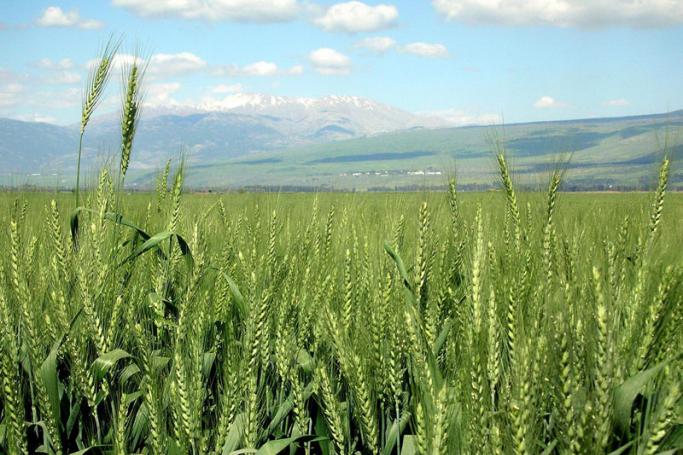We hear a lot recently about El Nino and its effect on water availability in Myanmar. Many people are worried, quite rightly, about the potential results of this phenomenon and the water shortage.
As we mark World Water Day on March 22, it is highly appropriate that we examine this issue carefully.
There is no need to elaborate on the importance of water to our life, the influence it has on our health, livelihood and quality of life. Water is an asset for the individual, society and to the country. And as such an asset, it should be properly managed at all these levels.
One way of managing water is by wiser consumption of it in the biggest consuming sector – Agriculture.
A few decades ago, a young Israeli water engineer, Simcha Blass, saw an interesting phenomena – a line of trees, all planted at the same time and receiving the same treatment, but one of them was significantly higher and more developed than the others. When he looked more closely, he saw a small hole in the water pipe that was near that tree and water was dripping out of it. It led him, a few years later, to develop the first prototype of what we know today as drip irrigation.
Drip irrigation is a technology that brings the water to the root of a plant through a sophisticated labyrinth embedded in the pipe that controls the amount of water coming out of it. Unlike other methods, like flooding or sprinkling, that irrigate an area, this system irrigates the plant itself. In this way it has many advantages:
Saving water – using half the amount of water for irrigation
Saving energy – most of the water is being pumped from wells, rivers or canals, so using less water means using less energy extracting it.
Saving fertilizers – by using soluble fertilizers, that gets to the plant through the irrigation pipes and the drips, one uses smaller amount of chemicals.
Saving pesticides and herbicides – since the irrigated area is much smaller, less weeds grow, and there is less humidity around the plants that encourages plant diseases, so less resources are needed to fight them.
Getting higher yields – since the plant is getting exactly the amount of water and fertilizers it needs, the results and production are much better.
Less environmental influences – using the exact amount of chemicals needed for the plant, means that less chemicals would filter through to the underground water and influence the quality and our health.
But we should remember that drip irrigation is not a magic solution – even though it is efficient, it has to be a part of a value chain, that takes into consideration other elements in agriculture – cultivation techniques, overall water management, post-harvest treatment and technology, access to markets, etc. By integrating these elements into the process of agriculture production and marketing, the farmer can – and should – get more money for his work, and improve his livelihood.
Israel, a country that is located in an arid and semi-arid climate, had to develop methods to better use its natural resources, first and foremost – water, which are very scarce. Israel is the leading country in drip irrigation systems and Israeli drip irrigation products have the reputation of being reliable and durable, providing the exact amount of water and fertilizers needed for different types of crops and vegetables, which, in return, produces better yields. By using sophisticated and well planned water management and advanced technologies, like the drip irrigation and many others, Israel managed to develop high producing and high quality agriculture.
We are constantly looking for new ways to cooperate and share this knowhow and technology with the people of Myanmar.
You are viewing the old site.
Please update your bookmark to https://eng.mizzima.com.
Mizzima Weekly Magazine Issue...
14 December 2023
Spring Revolution Daily News f...
13 December 2023
New UK Burma sanctions welcome...
13 December 2023
Spring Revolution Daily News f...
12 December 2023
Spring Revolution Daily News f...
11 December 2023
Spring Revolution Daily News f...
08 December 2023
Spring Revolution Daily News f...
07 December 2023
Diaspora journalists increasin...
07 December 2023
Teachers possibly ‘assigned to ICJ case’












